We have found that setting the proper down-tilt is essential for proper NLOS operation. The Alpha sectors provided by Telrad have no electrical down-tilt, compared to the sectors many WISPs are used to. This means that if you install them with zero down-tilt you are likely shooting “over the heads” of your customers. Therefore, we have added a down-tilt calculator to our web site HERE. The value to use for Beamwidth for the Alpha 65 degree antennas i s6.5 degrees.
Setting the proper down-tilt is most easily done using this affordable tool from Home Depot available HERE. It costs less than $22.
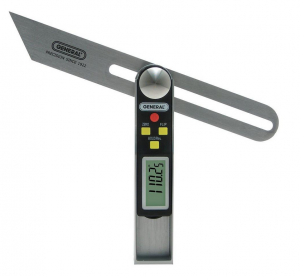
Why not set them at zero downtilt and be able to serve anyone within 15 miles? Well, quite frankly it can’t work correctly that way and NLOS will suffer terribly. Also, your towers will likely interfere with each other. You have to make a decision on where your intended customer base is in relationship to the tower and plan your service area accordingly.
Example: I have a small area I am serving with a Telrad Compact 1000. In this photo you can see my service area is 0 to 2 miles from the base of the tower.
Are there houses farther than 2 miles I would like to serve? Sure, but not many and the greatest density of population is 0-2 miles and it is a very dense with trees as well as homes so I want the best possible NLOS performance and sacrifice distance. Does that mean homes at say 5 miles are not serviceable? No, not at all but we are trying to focus the greatest amount of energy in the most effective area. Therefore, we try different values for downtilt until we get the coverage we want. Assuming the Telrad 65 degree sector is 6.5 degree beam height which it is, these are my numbers:
As you will see there is a huge difference between 3.5 and 3.7 degrees so the digital protractor is a must.
Plan your coverage, set the downtilt and you will get maximum NLOS performance from your Telrad LTE system.
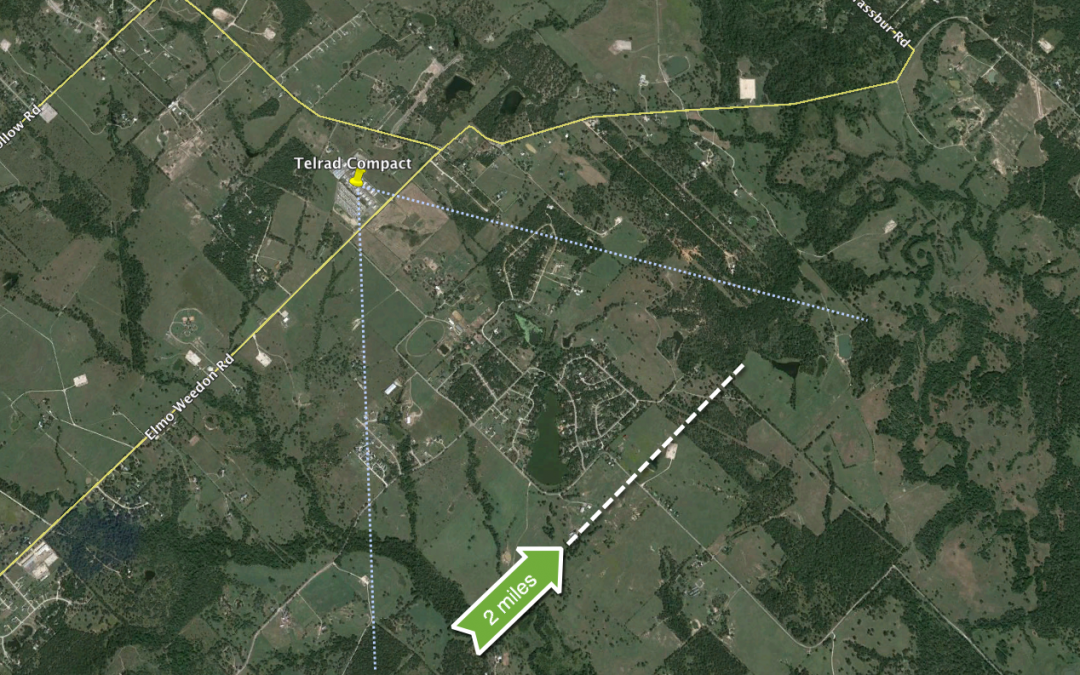
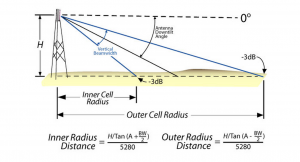
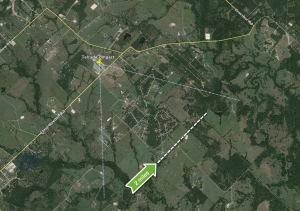
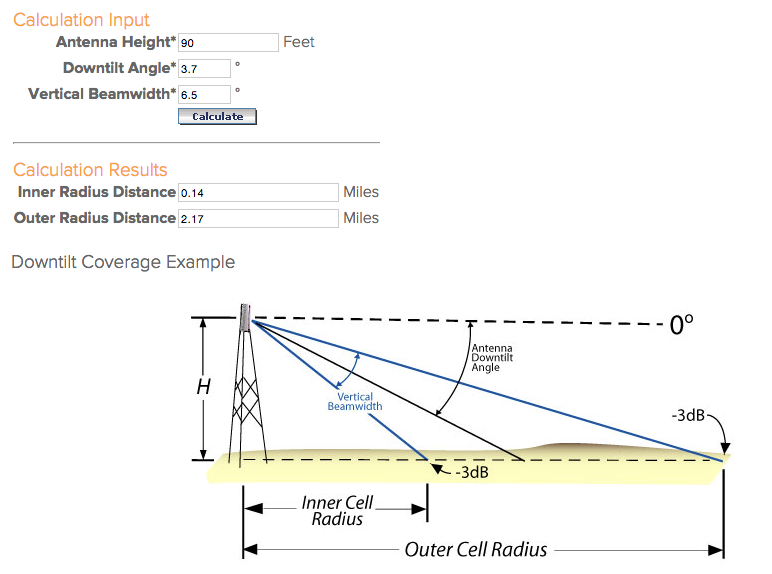
Recent Comments